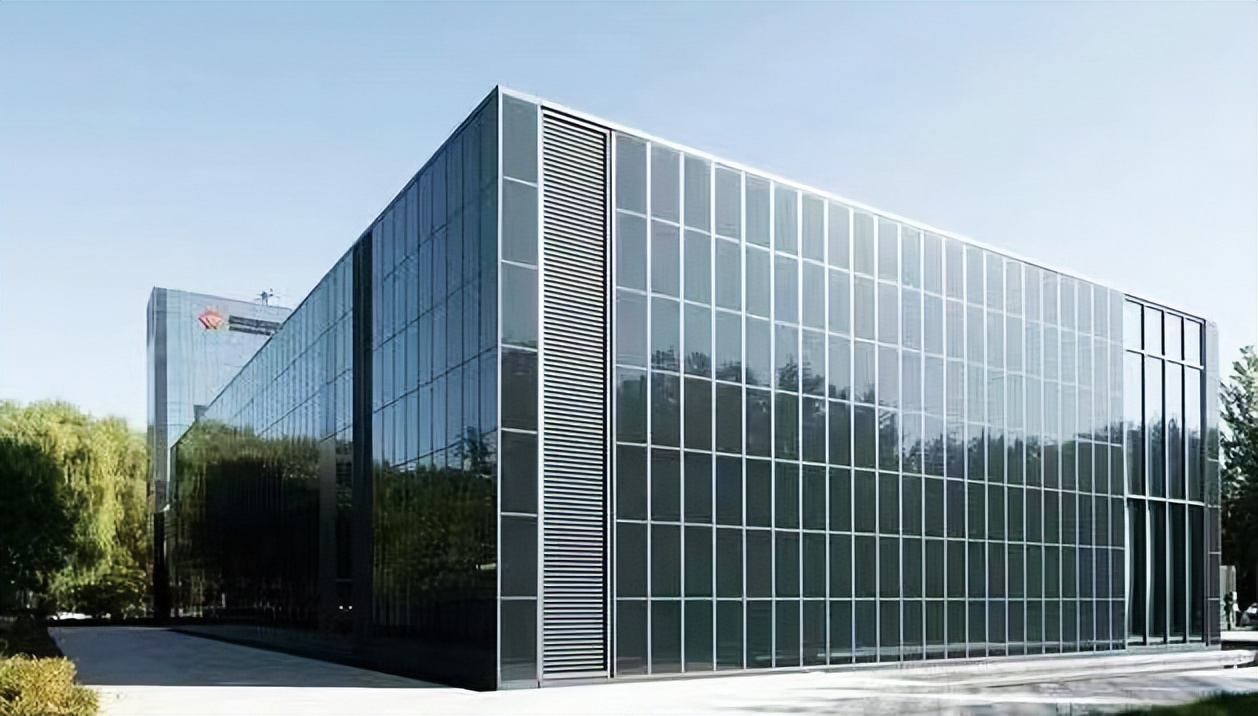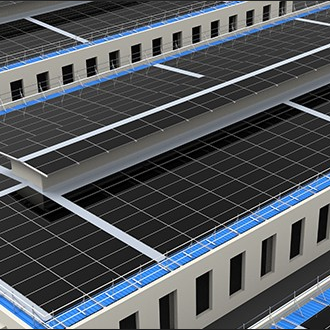In recent years, building-integrated solar photovoltaic (BIPV) systems have gained attention as a sustainable solution for recovering a building's thermal comfort and generating clean energy. This innovative technology has revolutionized the way we think about architecture and energy efficiency. With the increasing focus on sustainable building practices, BIPV roof systems have emerged as a game-changer in the construction industry.
BIPV systems are designed to seamlessly integrate solar panels into the building's architecture, serving a dual purpose of providing renewable energy and enhancing the aesthetic appeal of the structure. By incorporating photovoltaic cells into the roof, facades, or other building elements, BIPV systems offer a sustainable alternative to traditional energy sources. This approach not only reduces the environmental impact of buildings but also contributes to long-term cost savings for property owners.

The integration of BIPV roof systems is a testament to the growing emphasis on sustainable design and renewable energy solutions in the construction sector. As the demand for environmentally friendly building practices continues to rise, architects and developers are increasingly turning to BIPV technology to meet these evolving needs. The ability to harness solar energy while maintaining the structural integrity of the building makes BIPV systems a compelling choice for modern construction projects.

From a marketing perspective, BIPV roof systems offer a unique selling point for property developers and building owners. The eco-friendly credentials of BIPV technology can be leveraged to attract environmentally conscious consumers and businesses looking to reduce their carbon footprint. By highlighting the energy-saving benefits and sustainable features of BIPV systems, developers can position their properties as forward-thinking and environmentally responsible, appealing to a growing market of environmentally conscious buyers.
In conclusion, building integrated photovoltaic roof systems represent the future of sustainable architecture, offering a harmonious blend of energy efficiency, aesthetic appeal, and environmental responsibility. As the construction industry continues to embrace sustainable building practices, BIPV technology is poised to play a pivotal role in shaping the buildings of tomorrow. With its potential to transform the way we generate and utilize clean energy, BIPV roof systems are set to become a cornerstone of sustainable construction and a driving force behind the transition towards a greener, more sustainable built environment.
Post time: Aug-23-2024

